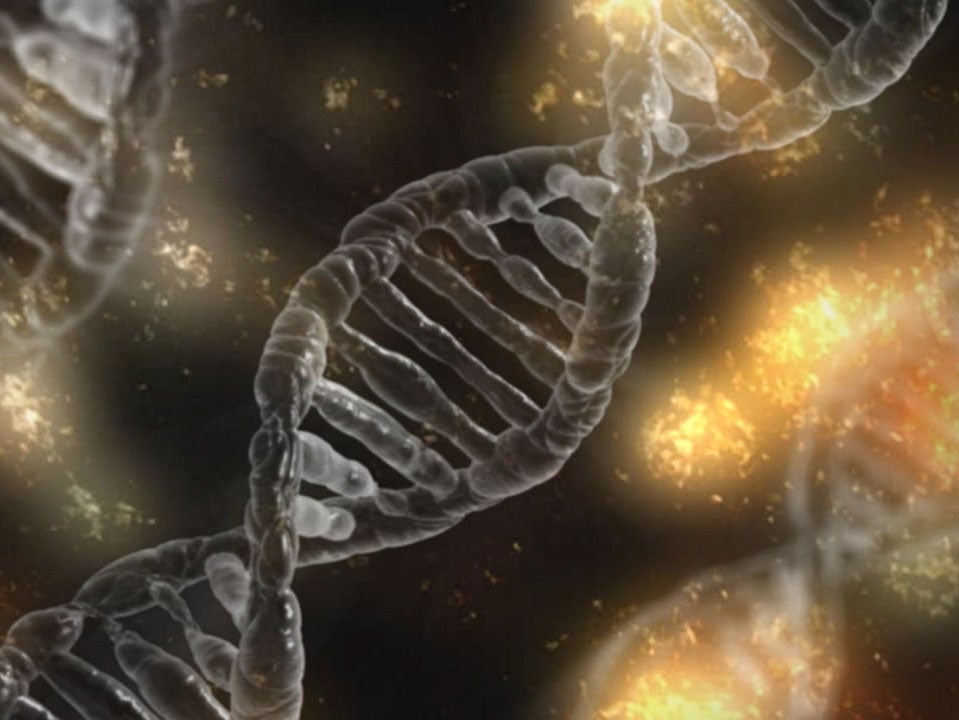
Yanina Panzera, PhD, professor at the University of the Republic (UdelaR) in Montevideo, Uruguay, has research and teaching responsibilities in the division of Evolutionary Genetics in the Department of Animal Biology. She and her team conduct studies dedicated to uncovering the evolution of viral genomes and developing novel detection methods to explore distinct genetic variants.
Learning more about the mutational changes experienced in viral genomes helps to expose critical insights. In turn, these discoveries contribute to a greater understanding of the disease epidemiology, including viral origins, migration pathways, and evolutionary relationships. As Dr Panzera mentioned: “The study of genomic changes is a basis to understanding viral population dynamics and evolution.”
With the emergence of the COVID-19 outbreak, researchers and healthcare workers globally face the challenge of understanding the fast-adapting behaviours of the SARS-CoV-2 virus. Dr Panzera and her research team use SARS-CoV-2 genetic diversity to analyse the virus’ emergence and evolution.
NGS is a key technology for viral genomics
Performing next-generation sequencing (NGS) on viruses comes with a significant challenge. Various procedures to enrich viral genomes before NGS must be implemented due to contamination of host cell DNA, for example, polymerase chain reaction (PCR). Furthermore, with the complex steps involved in applying NGS to viruses, a quality control (QC) system is crucial to ensure high quality results. Next-generation sequencing has been a critical technology in the team’s research. Previously, testing was done in collaboration with The Pasteur Institute, a French non-profit organisation, as they had the necessary equipment. But in 2018, UdelaR was able to set up its own in-house NGS platform.
Now, the team has optimised their NGS workflow, from sample preparation and library generation to sequencing and data analysis, including nucleic acid quality analysis using the Agilent 5200 Fragment Analyzer system. “Our aim has always been to control the complete workflow,” Dr Panzera noted. One important factor driving their research success is the equipment involved in SARSCoV-2 variant detection. Using NGS technology and parallel capillary electrophoresis with the Fragment Analyzer system, the research team successfully detected the emergence of a 12-nucleotide deletion in SARS-CoV-2, unique to patients from a single outbreak in Montevideo, Uruguay.
This evidenced that the virus can retain functionality regardless of genetic material loss, a significant aspect of SARS-CoV-2 evolution.
Detection of viral genome mutations
Dr Panzera noted: “We frequently use the Fragment Analyzer system, a parallel capillary electrophoresis instrument in our lab, to perform library size analysis and check library quality.” She mentioned that the system was handy for detecting specific mutations within the SARS-CoV-2 genome by comparing amplicon size in viral strains. “Let’s run a strain that doesn’t have the deletion against a wild-type strain to see if the system is capable of distinguishing one from the other,” Dr Panzera said. They found that the instrument succeeded, solidifying their decision that it would be the right equipment for the job.
“We used the Fragment Analyzer for screening genome deletions, including a huge deletion mutation of 872 nucleotides using the Fragment Analyzer. This is the largest SARS-CoV-2 variant reported in the literature to date,” she said. “But we also detected other smaller mutations. One of 12- and another of 68-nucleotides.”
The Fragment Analyzer was able to differentiate between deleted and wild-type strains from all strains with deletions that were circulating in Uruguay. The Fragment Analyzer system was also the team’s top choice for NGS library prep QC due to its precision capability to distinguish DNA fragments differing by only a few nucleotides. For these reasons, the instrument served two purposes – for NGS library QC analysis and for PCR amplicon fragment analysis as a quick screening method to help identify mutations post-NGS.
To read more about the study, including how innovation was achieved during the pandemic, and the implications for future developments, download the document below.


